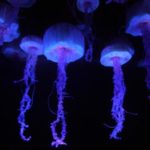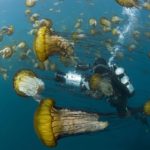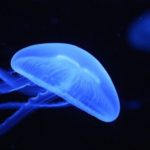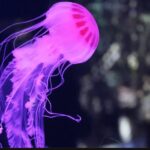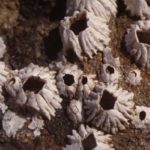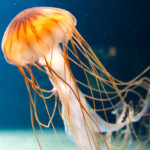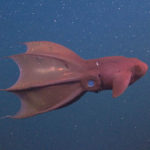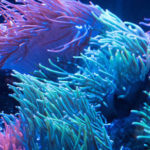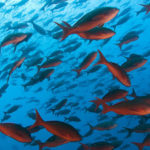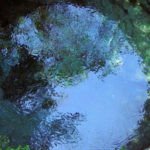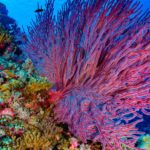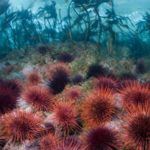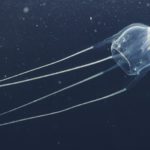Jellyfish
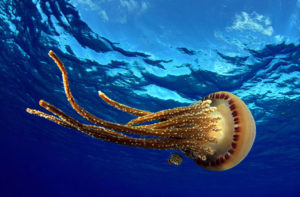 Zoologists, referring to jellyfish, usually mean all the mobile forms of coelenterate stalking animals (a group of multicellular invertebrates of animals) that catch and kill their victims with the help of tentacles.
Zoologists, referring to jellyfish, usually mean all the mobile forms of coelenterate stalking animals (a group of multicellular invertebrates of animals) that catch and kill their victims with the help of tentacles.
These amazing animals live only in salt water, and therefore they can be found in all oceans and seas of our planet (except for internal ones), sometimes in enclosed lagoons or lakes with salt water on coral islands. Among the representatives of this class there are both heat-loving animals, and preferring cold waters, species that live only near the surface of the water, and such that they live only on the ocean floor.
Jellyfish are single animals, since they do not communicate with each other, even if the currents knock them together, thus forming a colony.
They received their modern name in the middle of the 18th century, thanks to Karl Liney, who hinted at the mythical head of the Medusa of the Gorgon, a resemblance to which was noticed by these representatives of the animal world. This name is not without reason, because these animals are similar to it. This amazing animal consists of 98% water, and therefore has a transparent body with a slight shade, which in appearance resembles a jelly-like bell, umbrella or disk, moving by shrinking the muscles of the bell wall.
There are tentacles along the edges of the body, the shape of which directly depends on the species to which it belongs: in some they are short and dense, others have long and thin ones. Their number can range from four to several hundred (but it is always a multiple of four, since representatives of this class of animals are characterized by radial symmetry).
These tentacles consist of their line cells, which contain poison, and therefore are directly intended for hunting. Interestingly, even after the death of jellyfish can sting for another half a month. Some species can be deadly even for humans. For example, an animal known as the “Sea Wasp” is considered the most dangerous poisonous animal of the world’s oceans: scientists claim that its poison is enough to poison sixty people in a few minutes.
The outer part of the body is smooth and convex, while the lower part resembles a sack. In the center of the lower part is the mouth: in some jellyfish it looks like a tube, in others it is short and wide, at the third it resembles short maces. This hole also serves to remove food debris.
These animals grow throughout their life, and their size largely depends on the species: among them there are very small, not more than a few millimeters, and there are also huge ones, whose body size exceeds two meters, and together with the tentacles – all thirty For example, the largest jellyfish of the world ocean, Cyanea, which lives in the North-West Atlantic, has a body size of more than 2 m, and with tentacles – almost forty).
Despite the fact that these marine animals do not have brains and sensory organs, they have photosensitive cells that play the role of eyes, thanks to which these organisms are able to distinguish darkness from light (objects, however, they can not see). Interestingly, some specimens glow in the dark, while species living at great depths have red light, and those that live closer to the surface – blue.
Most species do not give in to the water currents, and although slowly, they move, using the current and the thin muscle fibers of their body: cutting, they fold the body of a jellyfish like an umbrella – and the water that is in the lower part of the animal is pushed outward.
As a result, a strong jet is formed pushing the animal forward. Therefore, these sea creatures always move in the direction opposite to the mouth. Where exactly they need to move, they are helped to determine the equilibrium organs located on the tentacles.
